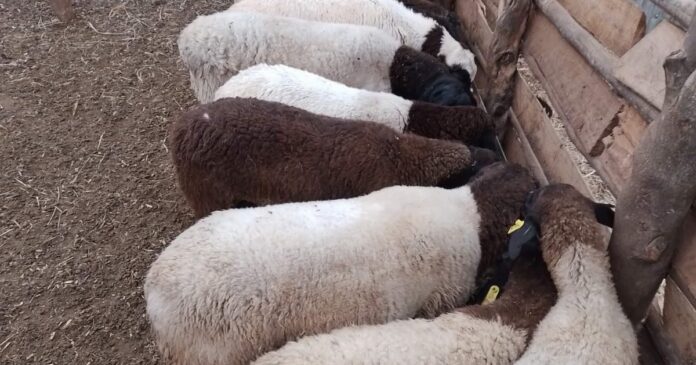Livestock farming is undoubtedly the most practiced agribusiness in Kenya’s ASAL areas, where crop farming is undoable.
While some farmers feed their livestock freely in open fields, others have adopted the feedlotting system for their animals to acquire market weight quickly.
Feedlotting is an agricultural practice where emaciated animals are kept and raised in a confined area and fattened until they reach slaughter weight.
Lawrence Mugambi, a Kajiado-based farmer, is among the few farmers who have adopted the feeding technique after failed rains in the region.
“Now that there is no grass, we use what is relevant. These animals feed on beef concentrate, special mineral salt, a lot of water, hay, and shredded silage, which I get from my farm,” he said.
He notes that while the feedlot system is labor and cost-intensive compared to traditional pastoralism, it’s the best practice in semi-arid areas as the survival chances of the animals are high.
“Feedlotting, however, requires money because I have to buy the animal feeds, monitor their weight, and build the feedlot structures. The advantage is their meat is very delicious and supple because of the nutrients they gain in the feedlot,” says Mugambi.
How to fatten your beef cattle for quick profit
For cows bought in a better condition, it only takes one month for them to gain the slaughter weight, but for emaciated cows, it takes between 3-4 months for them to be sold for slaughtering.
Reto Empowerment Group, a community-based organization (CBO) that practices lamb and goat fattening, says it takes 45 to 60 days for the animals to gain market weight.
The group buys the animals at between Sh4,500 to Sh5,500 and sells them at between Sh8,000 to Sh9,000 after feedlotting. For sheep, they target those that weigh 35kg, and for goats those that weigh between 30kg to 35kg.
“For sheep, we look at the body condition, whether they are emaciated or not; we also look at the weather condition. During intense drought, we lock them up, but when there is no drought, we allow them to graze,” Says Jonathan Sayianka, the group Chairman.
Admitting that starting a feedlot is not easy, Sayianka advised farmers to adopt feedlotting and any form of smart climate agriculture to maximize their profits.
“I prefer feedlotting because it covers all seasons, the animals take the shortest time to fatten so that they can be sold really fast…you can export them to companies that package meat, their prices are fairly well, and it is also environmentally friendly,” he added.








